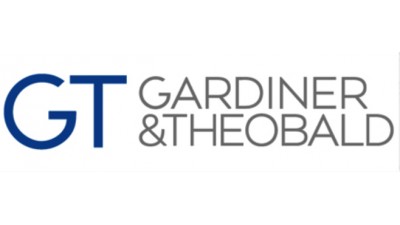The Real Potential Of Smart Buildings Is Buried In Data

What do you picture when you imagine a smart building? A talking fridge, a self-boiling kettle, lighting that automatically creates your chosen atmosphere? A building that opens its doors as you approach, recognising your smartphone network?
This isn’t wrong, but what you should be picturing instead are reams and reams of data, information being funnelled along fibre optic cables toward enormous supercomputers, where the cogs turn and meaningful insights about how the building is being used are churned out. The clever gadgets, the Internet of Things, these are the tip of the iceberg, the current possibilities. Underneath the water is a sea of data that over time will create a truly smart building that has the potential to facilitate every aspect of our lives, constantly learning to increase efficiencies.
Examples of developers and occupiers including smart technology in their building projects is on the increase. For example, Gardiner & Theobald is advising Google on cost consultancy and contract administration for the development of its new headquarters in Kings Cross which, when completed, will be one of the smartest buildings in the world. This is what today’s most forward-thinking companies are aiming to create — a building that gets better and better every day.
Really, Really Smart
The key to the success of smart buildings lies in how well we can process data, Gardiner & Theobald partner David Elsmore said. Gardiner & Theobald has been involved with the World Green Building Council, undertaking case studies for retail and office owners to collectively try to understand the correlation between how a building is performing environmentally, how people are using the building, and economic factors such as absenteeism and sales. Today, gaining those insights could be far easier.
“Previously this was a manual task,” Gardiner & Theobald Partner David Elsmore said. “We would put environmental sensors in a building then analyse the data, carry out customer and tenant surveys individually, look at the economic information and piece it all together. A truly smart building will be able to collect all that and link it together.”
To ensure that all data can be joined up, one of the more pioneering technologies being introduced to the market is a common internet protocol network. All items of equipment, such as heat sensors or devices that open a door using a mobile phone, will be open, rather than closed, protocol, which in layman’s terms means all the technology will be able to talk to each other in the cloud.

A smart building will be able to rebook a meeting in a different room when the projector is broken and alert all attendees. It will order the right coffee depending on who will be there. All elements of the building will work seamlessly together, because they have been installed to do that in the first place. And it will learn more about every user, every day.
“Thinking this way, you can start to get a feeling for how a smart building can improve efficiency,” Elsmore said. “In theory every stakeholder in the building will benefit. User satisfaction will increase, less time and resources will be wasted and the knock-on effect will be economic benefits.”
The Future Is Data
The main challenge in the real estate sector more widely is how occupiers and property owners are able to use data, Elsmore said.
“I’ve met many landlords and developers who are grappling with what being a smart building means and how they can start incorporating technology into their properties,” he said.
At the moment, there are few with the means to process the sheer amount of data that a truly smart building is capable of producing. However, as technology becomes less expensive and used more widely, in the future there will be ways for property owners to create truly smart buildings that learn from their occupiers. Until then, insights are likely to be gained from a mixture of manual and machine learning techniques that are built on a bespoke basis.
While large companies will be the first to create truly smart buildings for their own employees, the entire real estate industry can learn from them. In 10 years’ time, everyone might be able to arrive at their desk to a piping hot, perfect cup of coffee.
This feature was produced by Bisnow Branded Content in collaboration with Gardiner & Theobald. Bisnow news staff was not involved in the production of this content.

